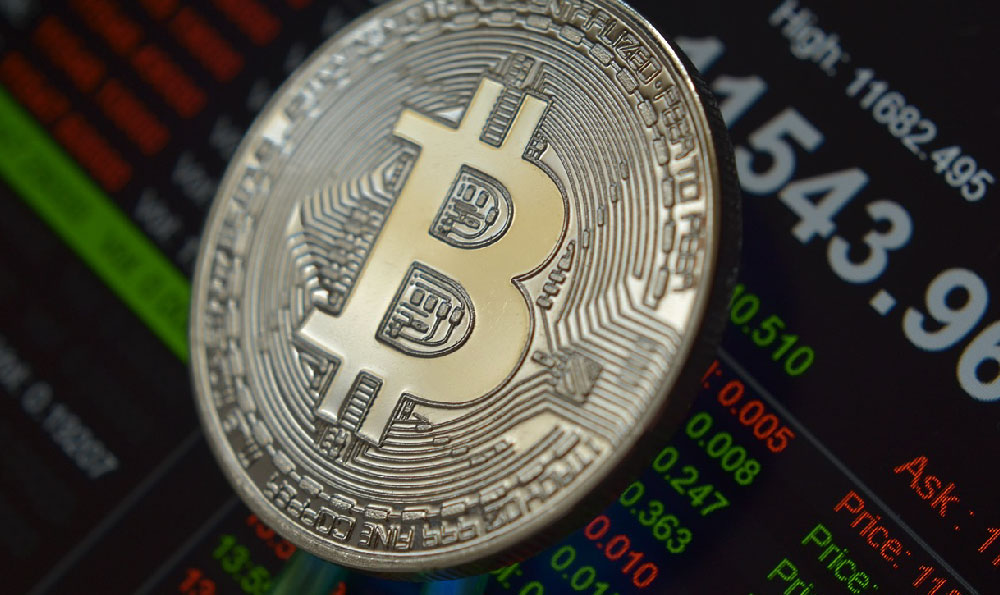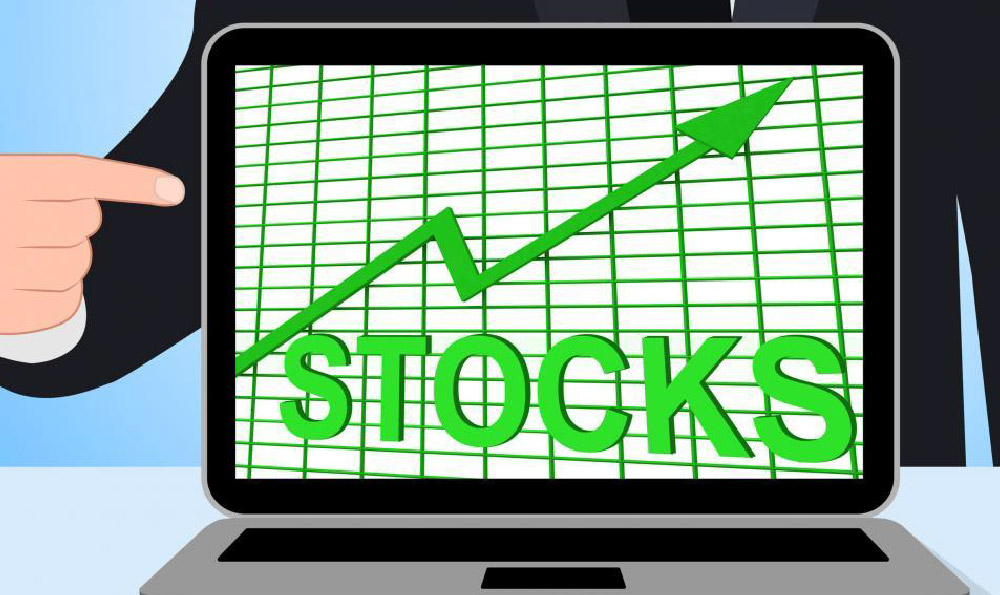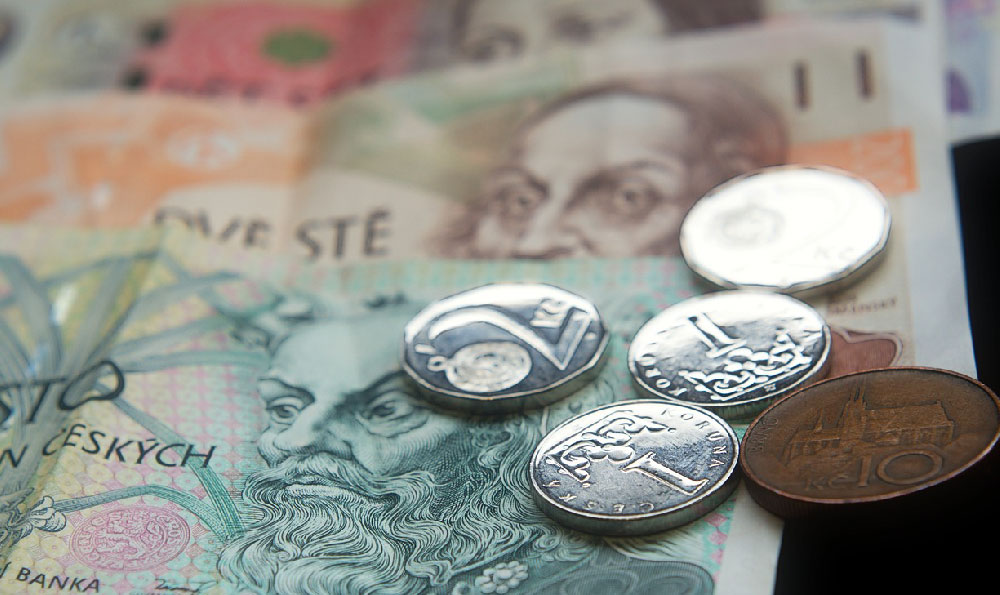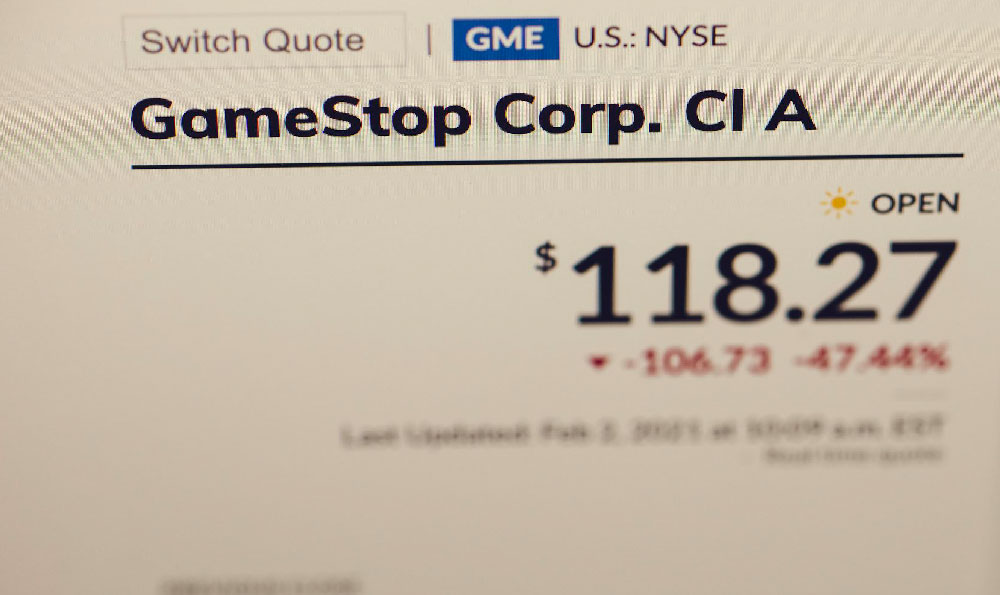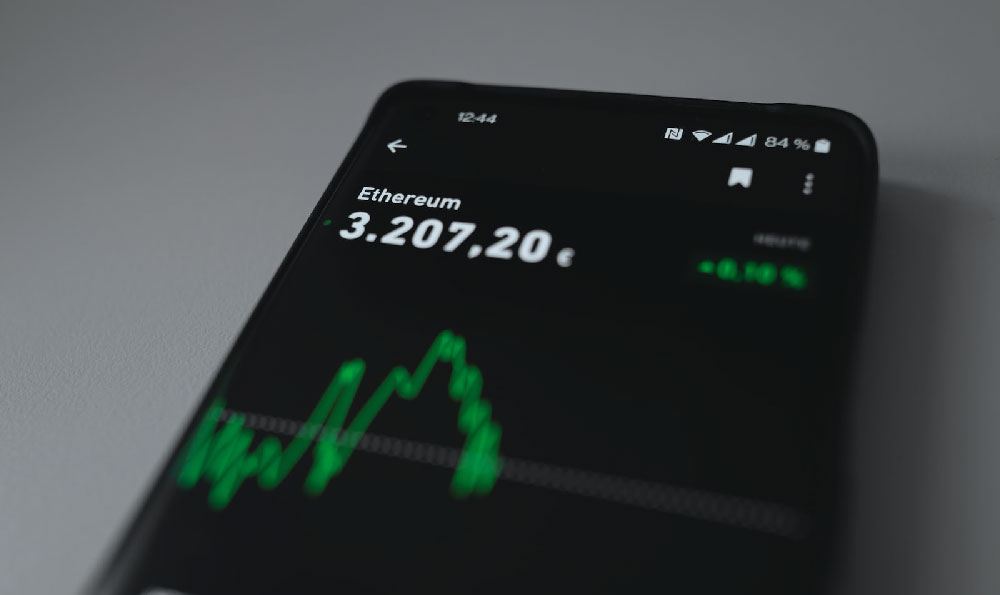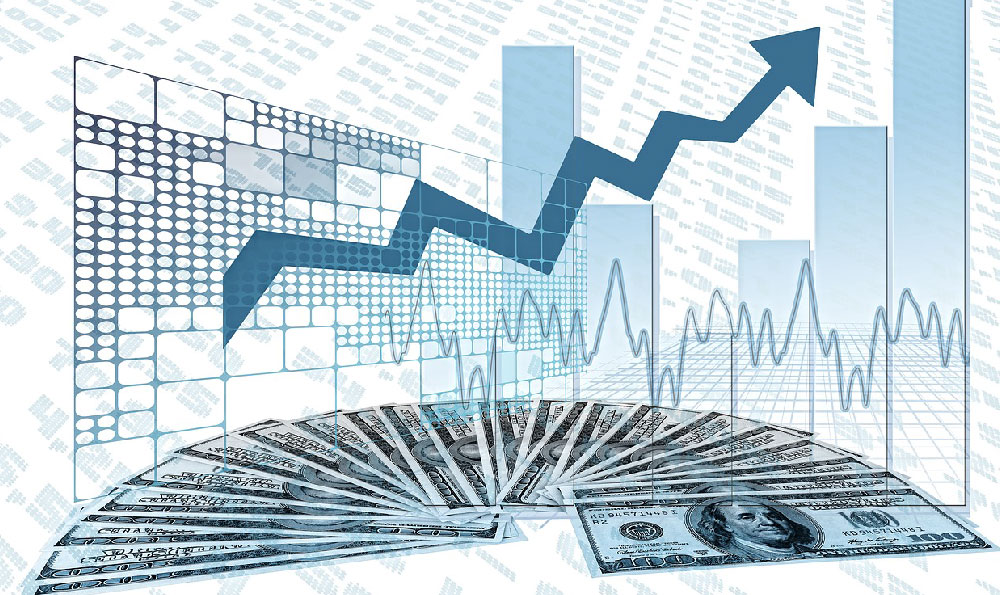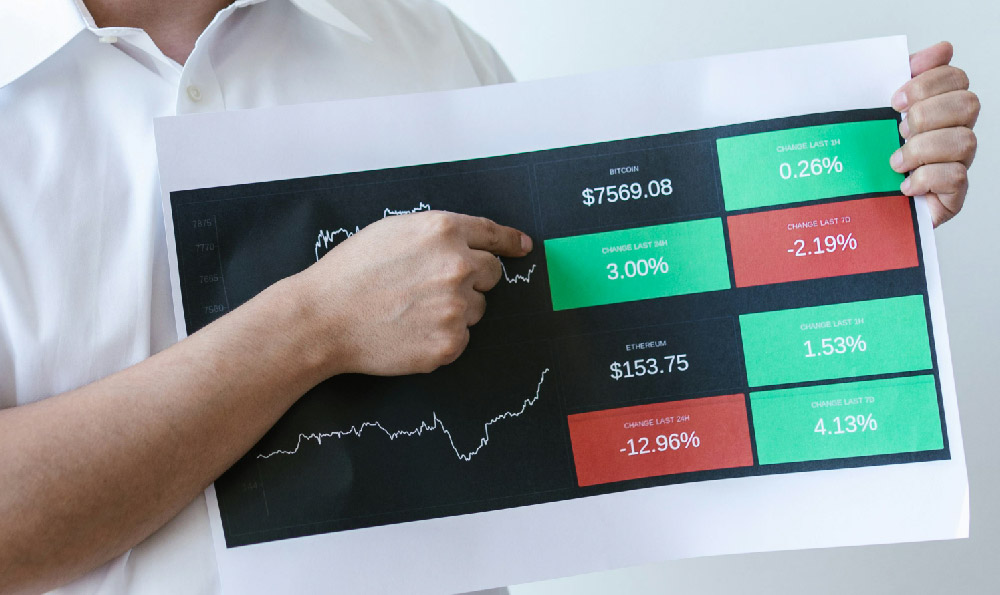YouTube monetization is a multifaceted process, not a simple on/off switch. Understanding its intricacies is crucial for creators aiming to turn their passion into a viable income stream. The allure of generating revenue from your videos is strong, but patience, dedication, and a strategic approach are key to achieving sustainable monetization. It's not just about hitting certain milestones; it's about building a valuable channel and understanding the platform's guidelines.
The journey to monetization starts long before you see your first dollar. It begins with creating compelling content that resonates with an audience. Niche down, identify your target demographic, and consistently deliver high-quality videos that provide value, whether it's entertainment, education, or a unique perspective. Building a loyal subscriber base is paramount. Subscribers are your core audience, the people most likely to watch your videos, engage with your content, and ultimately, contribute to your channel's growth. Focus on fostering a community around your channel. Respond to comments, solicit feedback, and create opportunities for viewers to interact with you and each other. This organic engagement signals to YouTube that your channel is active and valuable, making it more likely to be recommended to a wider audience.
While compelling content is the foundation, YouTube has specific eligibility requirements that must be met before you can apply for monetization. These are non-negotiable and designed to ensure creators are contributing positively to the platform. The primary requirements are: accruing at least 1,000 subscribers and achieving 4,000 valid public watch hours within the past 12 months. This isn't just about racking up views; it's about demonstrating consistent engagement and viewership over a sustained period. Watch hours from private videos, unlisted videos, or deleted videos do not count towards this threshold. Similarly, watch hours accumulated through spam or artificial means will be flagged and disqualified. Reaching these benchmarks requires dedication and a strategic approach to content creation and promotion. Focus on creating evergreen content that remains relevant over time, optimizing your videos for search (using relevant keywords in your titles, descriptions, and tags), and promoting your channel across other social media platforms.
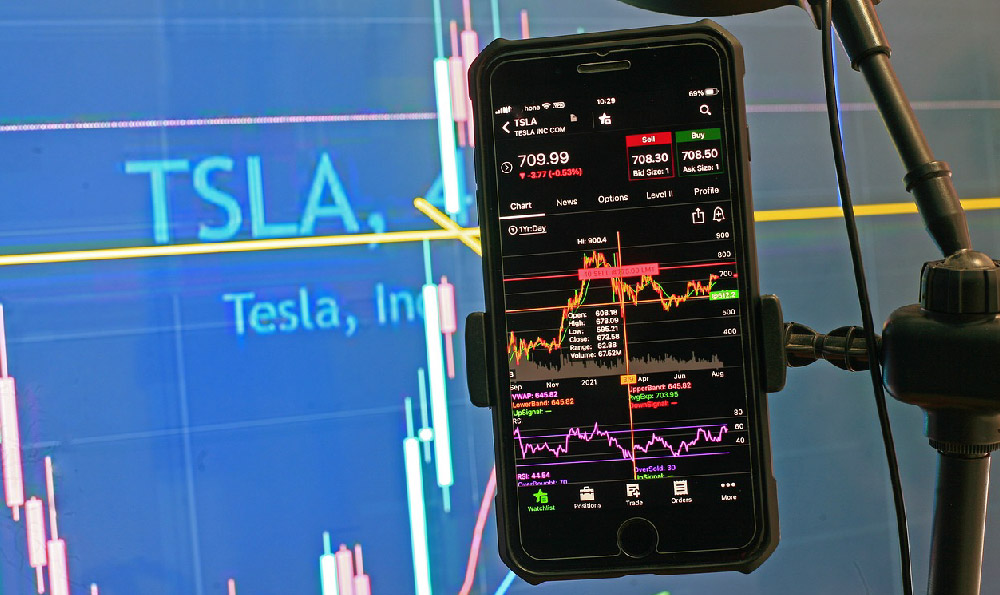
Once you've met the eligibility requirements, you can apply to the YouTube Partner Program (YPP). This involves accepting the YouTube Partner Program terms, linking an AdSense account, and setting your monetization preferences. Your AdSense account is where your earnings will accumulate, and it's essential to have a valid account in good standing. This means providing accurate information and adhering to AdSense policies. YouTube will then review your channel to ensure it complies with their monetization policies, including the YouTube Community Guidelines, AdSense Program policies, and YouTube's Advertiser-Friendly Content Guidelines. This review process can take some time, so patience is crucial. YouTube's team will assess your channel's overall content, focusing on the most viewed videos, newest videos, and a representative sample of your content. They're looking for any violations of their policies, including inappropriate content, misleading metadata, copyright infringement, and spam.
Passing the YPP review doesn't guarantee instant riches. It simply opens the door to monetization. You still need to actively manage your channel and optimize your videos for ad revenue. Selecting the right ad formats, targeting relevant keywords, and engaging with your audience are crucial for maximizing your earnings. YouTube offers various ad formats, including display ads, overlay ads, sponsored cards, skippable video ads, and non-skippable video ads. Each format has its own advantages and disadvantages, and the best choice will depend on your content and audience. Experiment with different ad formats to see what works best for your channel. Understanding your audience demographics and interests is also crucial for effective ad targeting. By targeting your ads to viewers who are likely to be interested in your content, you can increase your click-through rates and earnings.
The moment you actually start earning money depends on several factors. Firstly, you need to enable monetization on each of your videos. Even after being accepted into the YPP, monetization is not automatically activated for all your content. You'll need to go into your YouTube Studio and manually enable monetization for each video you want to monetize. Secondly, your earnings are determined by a complex algorithm that takes into account factors like ad impressions, click-through rates, and the cost per mille (CPM), which is the amount advertisers pay for 1,000 ad impressions. CPMs can vary significantly depending on the topic of your videos, the demographics of your audience, and the time of year. For example, channels targeting business professionals might have higher CPMs than channels focused on children's content. The amount you earn can also fluctuate based on ad inventory, meaning the availability of ads at any given time.
Furthermore, YouTube has a payment threshold. You won't receive any money until your earnings reach a certain threshold, typically $100. Once you reach the threshold, YouTube will issue a payment through your AdSense account. Payments are usually processed monthly, but the exact timing can vary depending on your location and payment method.
Beyond AdSense, there are other ways to monetize your YouTube channel. Affiliate marketing, where you promote products or services in your videos and earn a commission on sales, is a popular option. Selling merchandise, such as t-shirts, mugs, or other branded products, can also generate revenue. Channel memberships, where viewers pay a monthly fee for exclusive content and perks, are another way to create a recurring income stream. Super Chat and Super Stickers, which allow viewers to pay to have their messages highlighted during live streams, are also effective tools for monetization. These alternative monetization methods can diversify your income and provide additional revenue streams beyond AdSense.
In conclusion, monetizing your YouTube content is a journey that requires patience, dedication, and a strategic approach. It's not just about hitting certain milestones; it's about building a valuable channel, creating compelling content, and understanding the platform's guidelines. Meeting the eligibility requirements, passing the YPP review, and optimizing your videos for ad revenue are all crucial steps in the process. And while AdSense is a primary source of income, exploring alternative monetization methods can further diversify your revenue streams and help you achieve your financial goals. Remember that building a successful YouTube channel takes time and effort, but with the right strategy and dedication, you can turn your passion into a viable income stream.



